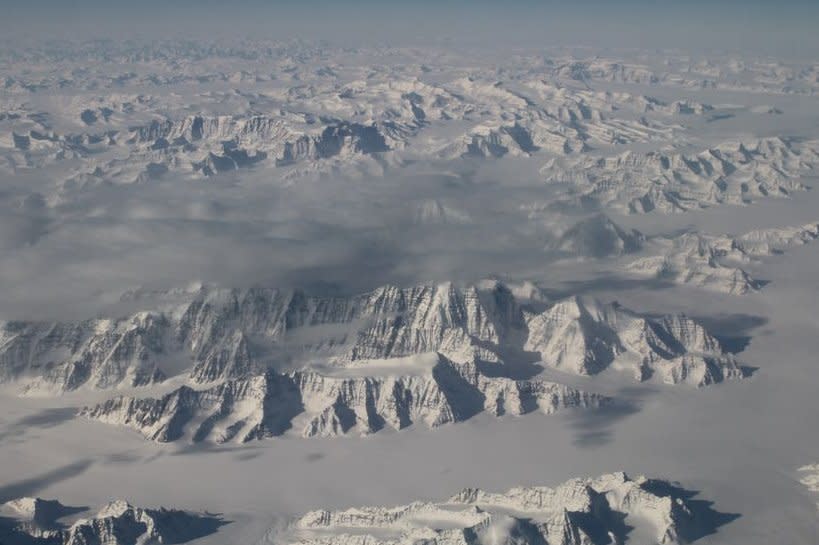Since 1978, North Greenland ice shelves have lost 35% of volume, study reveals

Nov. 7 (UPI) -- Ice shelves in North Greenland have lost more than a third of their volume in the last half-century, with three of the shelves collapsing completely, according to researchers who warn Greenland holds enough ice to raise sea level by nearly seven feet.
The study, published Tuesday in Nature Communications, used satellite images and climate modeling to determine that North Greenland's ice shelves "have lost more than 35% of their total volume" since 1978, due to rising ocean temperatures.
"The observed increase in melting coincides with a distinct rise in ocean potential temperature, suggesting a strong oceanic control on ice shelves changes," researchers said in the study. "We are able to identify a widespread ongoing phase of weakening for the last remaining ice shelves of this sector."
Between 2006 and 2018, Greenland's ice sheet was the second-largest contributor to sea level rise, at more than 17%, according to scientists who say the discharge from ice shelves "could have dramatic consequences in terms of sea level rise."
One of Greenland's ice shelves, called Steenbsy, dropped to just 34% of its previous volume between 2000 and 2013.
Ice shelves are more vulnerable to melting, than glaciers or ice sheets, because they float on the ocean which absorbs 90% of the planet's heat.
"We see that the ice shelves are getting weaker and weaker and weaker," said Grenoble Alpes University glaciologist Romain Millan, lead author of the paper. "We have observed that in response to this increased melting, the glaciers are retreating, and they are already discharging more ice into the ocean."
New paper by @romain_millan @aabjoerk @EliotJager et al. shows that ice shelves in North #Greenland have lost more than a third of their masses since 1978. @IGE_Grenoble @CNRS @UCPH_Research @MLMLmarinesci https://t.co/jEv0pxMun6— Nature Communications (@NatureComms) November 7, 2023
According to NASA, the summer of 2023 was Earth's hottest season ever recorded, as ocean temperatures around Florida soared above 100 degrees Fahrenheit. In August, the Mediterranean hit a record-breaking 84 degrees, according to Jordan's government.
Rising ocean temperatures throughout the world are impacting basal melt, which thins the ice from the bottom.
"These results suggest that, under future projections of ocean thermal forcing, basal melting rates will continue to rise or remain at a high level, which may have dramatic consequences for the stability of Greenlandic glaciers," researchers said.

